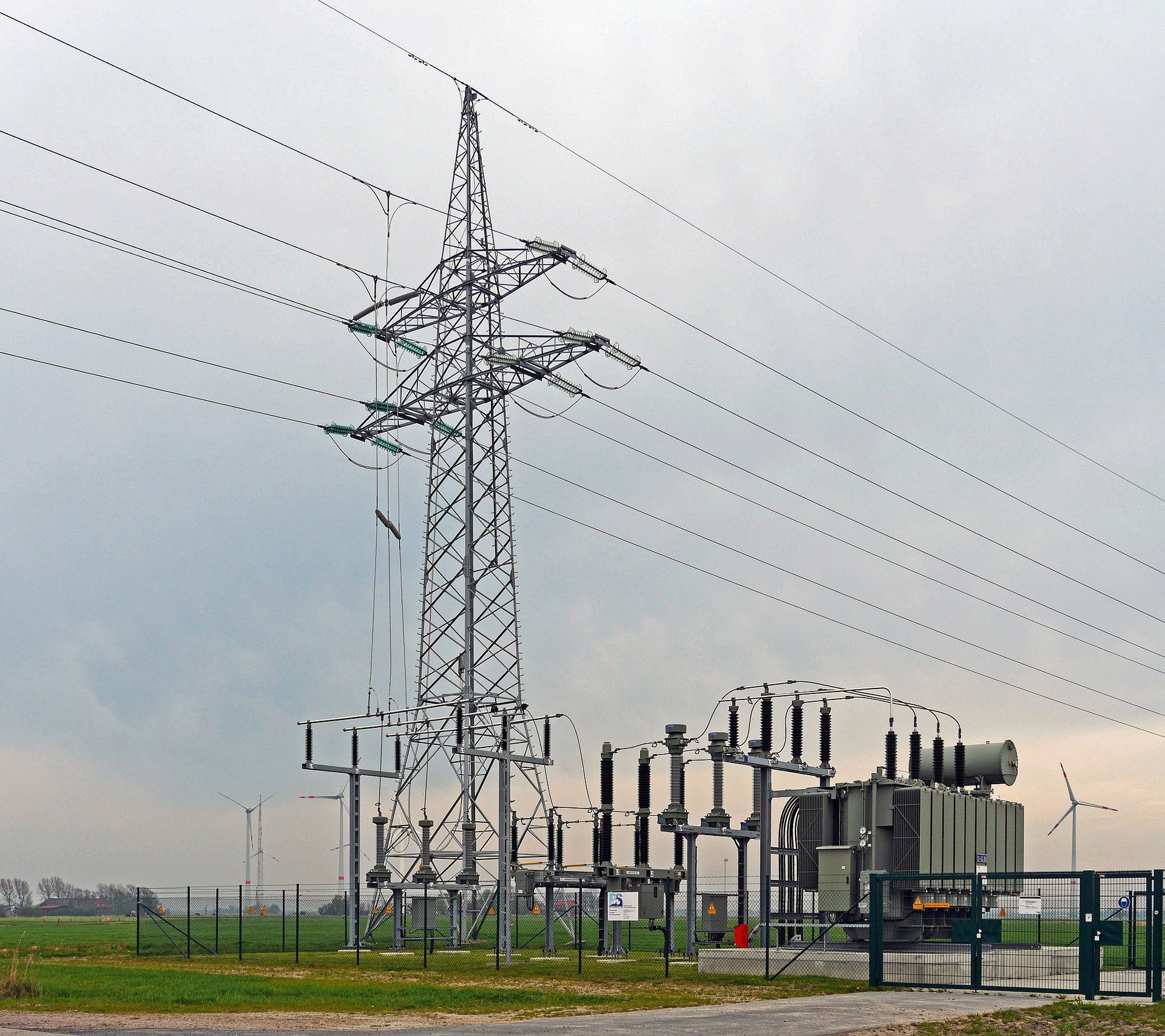While Local Energy Markets (LEMs) are widely predicted to become a foundation of future energy distribution systems, several variants are still being considered and evaluated. Reflecting the cross-discipline nature of smart systems, these variants differ in both their physical grid connectivity as well as their digital makeup. After thorough research, the BC2Energy team has made several central design decision and formulated a concise conceptual basis for LEM development.
Grid connectivity

The LEM will be connected to the superordinate national grid instead of an isolated microgrid. While so called “island-mode” will also be supported, it is necessary to provide balancing capacities as supply and demand in the local grid unit will most likely not be equal at all times. The existing grid infrastructure offers the needed flexibility and ensures that adjustments in agent behavior and seasonal fluctuations can be compensated for.
Low-voltage network

The ideal access point to integrate local energy markets into the existing infrastructure needs to be both local and connected. The household supply lines of the low-voltage network (400 V) fit this description perfectly, as their implementation in the German grid usually includes six branches of 25 households each, which are connected to one transformer. A LEM on this level promises maximum locality while also ensuring a reasonable distribution of supply and demand.
Market clearing

Plenty of market mechanisms, both centralized and decentralized, have been proposed for LEMs. While Peer-to-Peer trading in its rudimentary form only requires the peers to message each other or publicly post their offers, Blockchain’s smart contracts create a new range of possibilities that do not require trusted intermediaries. Out of these, the so-called “average mechanism” for double auction markets is best suited to the application at hand. Apart form being game-theoretically stable by enabling a Nash Equilibrium, it also maximizes agent utility and is economically efficient without requiring trade subsidisation by the auctioneer.
Together, these specifications form a solid foundation for the development of the LEM for the German use case.
0 comments on “Design decisions for the local energy market”